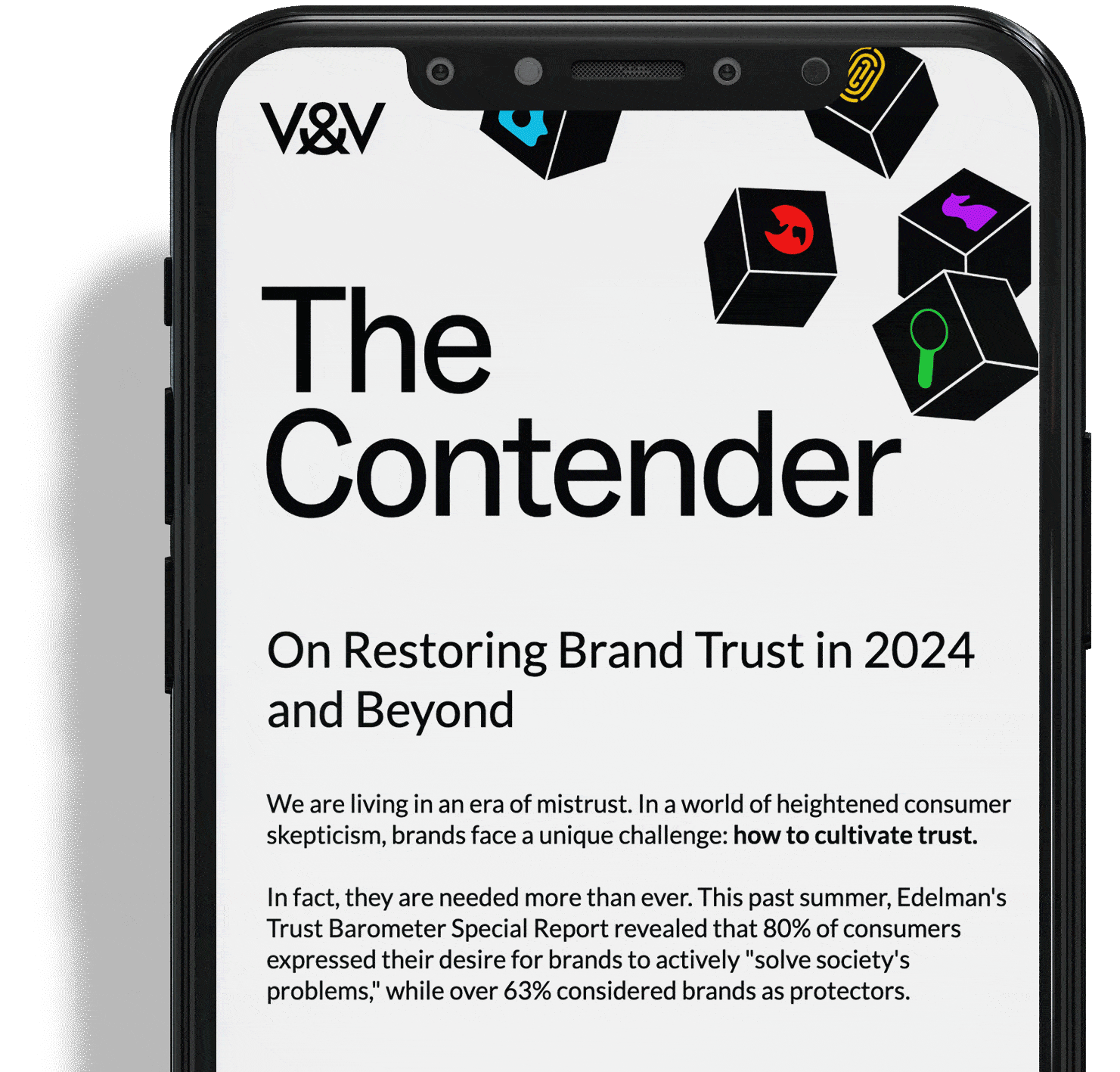Have you ever wondered what separates successful Challenger Brands from those that blend in with the crowd? Hint: Finding your competitive advantage starts with an impactful Value Proposition.
In this article, we’ll dive into how to create an effective Value Proposition, with helpful resources and illustrative examples to guide your Go-To-Market Strategy.
What Is a Value Proposition?
A Value Proposition is your promise to your customers. It must:
- Tell them how you solve their problem.
- Quantify the value you deliver.
- Explain why they should choose you.
Your Value Proposition is often the first step in developing a Go-To-Market Strategy. It clarifies why you are launching a product, who it’s for, and how you will get customers to engage with and buy your product at scale to meet revenue and market share expectations.
Essentially, a Value Proposition is the problem your customers are hiring your product to solve. It encapsulates your unique selling point and differentiators that make your product or service stand out from the competition
The Jobs to be Done Framework
The “Jobs To Be Done” framework by Clayten Christensen is a must-read to prepare for writing your Value Proposition. According to Christensen, whenever we buy a product, we essentially “hire” it to help us do a job. If the product does the customer job well, we tend to hire it again. And if it doesn’t, we “fire” it and look for an alternative.

When leveraging the Jobs To Be Done framework at 5&Vine, we focus on three key questions.
1. Is your product so good that your audience would “fire” their current product to hire yours?
Consider the product that your customer fired before coming to you. How did it hold them back from getting the job done? What were they frustrated with? How does your product help them do the job better?
An understanding of what your customer hopes to accomplish helps you build a product that’s hired again and again. Armed with clarity, you’re better positioned to communicate your offering to win new customers, because you can speak to their frustrations and offer a helpful solution.
When done right, your product will pass the “Switching Question” test: Is your product so good that your audience would “fire” their current product to hire yours?
The Switching Question: Uber
A great example of passing the “Switching Question” test is Uber. Uber understands that its “Job To Be Done” is saving people the time, expense, and frustration of hailing a taxi.
By creating an efficient and inexpensive way to call a ride right from your phone, customers began to “fire” hailing taxis and “hire” Uber instead
2. What Does Your Product Actually Do for Your Customer?
Another simple, straight-to-the-point question that deserves focused attention is: What does your product actually “do” for your customer?
Communicating all of the things that your product does for a customer helps you tease apart the job that your customer wants solved. Be both general and specific – the details matter more than you might think.
What Uber Does For Their Customers
General:
- Save time and money
- Always have a ride close by
Specific:
- Know when your ride is arriving
- Leave later and still be on time
- Confirm the cost before your ride arrives
- Pay from the app
- No need to carry cash or cards
- No need to pay for parking
- See rides nearby before you order
3. How Does Your Product Fill Needs?
Christensen wrote that, “with few exceptions, every job people need or want to do has a social, a functional, and an emotional dimension.” How will using your product make your customer feel?
While it may seem bold to think of how you meet the intangible needs of your customers, people buy products for specific reasons ranging from functional to emotional – which are often difficult to articulate.
How Uber Fills Customer Needs
Esteem Needs:
- Prestige feeling of door-to-door ride service
Safety Needs:
- Traveling safely with a trackable vehicle and a known driver
What Are Some Examples of Great Value Propositions?
To support you in the process of crafting your Value Proposition, we’ve compiled examples that are clear, concise and speak to their specific Job To Be Done. It is important to take inspiration from successful strategies but also to uniquely carve your own.
Jiffy: Home maintenance without the hassle.
Mejuri: Fine jewelry that’s actually for your everyday.
Fair: Get a car on your phone.
Unbounce: Build, publish & A/B test landing pages without I.T.
Postmates: Food, drinks, and groceries available for delivery or pickup.
We’ve also compiled some additional examples from 5&Vine clients that embody the spirit of being a Challenger Brand:
Greenlight: The smart debit card and app that helps parents raise financially literate kids.
Bright Breaks: Scalable employee wellness programs that improve well-being and unlock productivity
WineView App: The wine pairing app to discover the perfect wine for every meal and budget.
MPG Sport: Sustainable athleisure designed for mindful movement. Advanced fabrics, thoughtful construction, and versatile designs at an everyday value.
Crumps’ Naturals: Premium treats for pawrents to nurture relationships with their pets.
Why Do Value Propositions Matter?
Your business’s Value Proposition is arguably the most important element of your overall marketing messaging. A Value Proposition tells prospects why they should do business with you rather than your competitors, and makes the benefits of your products or services clear from the outset.
Putting Your Value Proposition Into Action
Looking for more information about building a Go-To-Market Strategy? In the insightful Go-To-Market workshop led by 5&Vine’s founder and CMO, Rahul Raj, you’ll gain valuable knowledge on developing a comprehensive plan.
This plan will delve deeper into how to craft your Value Proposition, identify your target audience, determine effective channels for reaching prospects, and outline your sales, messaging, and promotional strategies.
5&Vine is a full-service branding and marketing agency that helps brave, socially minded Challenger Brands defy the odds and come out on top.
Our signature Challenger Brand system helps brands challenge category norms and win. Developed with first hand insight into the playbooks and blindspots leveraged by industry incumbents, alongside the successful (and often counter intuitive) strategies leveraged by Challengers, we help you identify your unfair advantage, and win.






